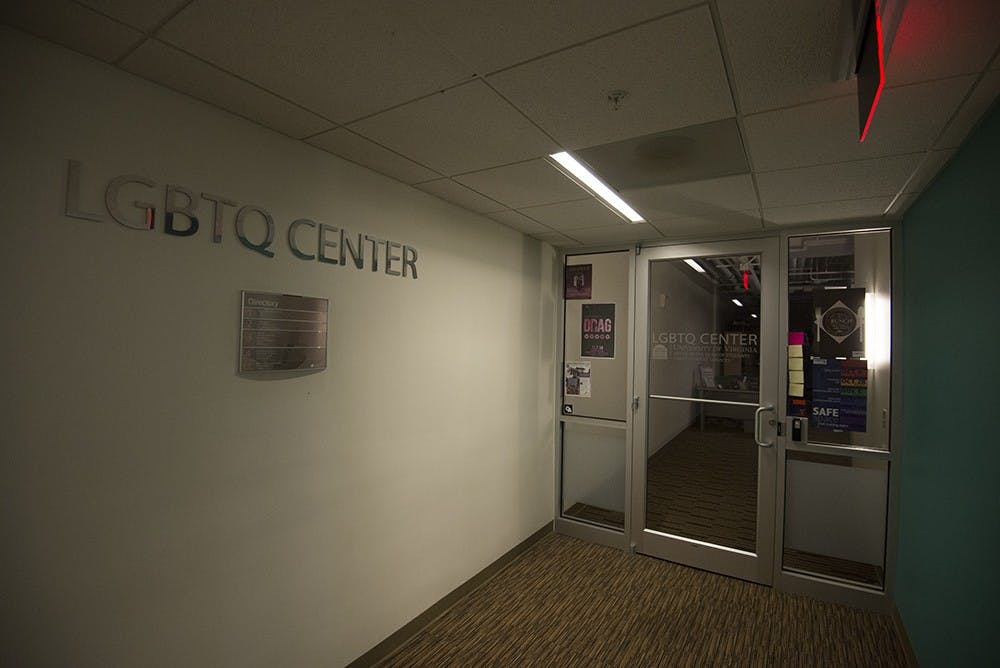A 2009 Center for Disease Control survey found significantly higher rates of a wide variety of health risks, including attempted suicide, sexual assault and domestic violence, among LGBTQ high school youth when compared with youth who identify as straight.
LGBTQ individuals are also less likely to seek and find equal access to healthcare. According to a 2014 CDC report, 72.5 percent of adults ages 18-64 who identify as bisexual reported having an usual place to go for medical care, compared with 81 percent of adults who identified as straight. Nearly twice as many bisexual as heterosexual adults failed to obtain needed medical care in the past year due to cost.
This disparity between LGBTQ populations and those who identify as straight may be attributed in part to social stigmas and misconceptions, especially in regard to sexual health.
Asst. Family Medicine Prof. Dr. Catherine Casey said she believes the University has made significant progress in making healthcare more inclusive on Grounds, citing the implementation of an LGBTQ youth support group, greater communication across medical specialties to accommodate transgender patients, efforts to reflect a patient’s desired identity in medical records and special trainings for healthcare providers.
However, Casey also noted areas where the University could be more accommodating — including proper education about LGBTQ concerns and a concerted effort to collect feedback from this community through surveys or meetings.
Jackie Woods, a psychologist at Counseling and Psychological Services, focuses on LGBTQ student issues in her work and facilitates the Gay, Bisexual and Questioning Men’s Support groups.
LGBTQ students face a unique set of challenges when they come to the University, Woods said.
“Students come in that might have lost physical, emotional or financial support from their family in the coming out process, and it’s hard to navigate school when you have those kinds of big real family things going on,” Woods said.
Students may also be going through the constant process of coming out to the University community including roommates, and professors, she said, and gender transitioning students may especially undergo stress.
This stress can take a toll on the health of a student in a variety of ways including elevated depression, elevated anxiety, PTSD, eating concerns or substance use, Woods said.
Dr. Brock Libby, pediatric resident and Safe Space educator at the Medical School, acknowledges how even subtle discrimination on the part of healthcare providers against clients can deter them from seeking medical attention.
“The second you feel alienated, you feel discriminated against,” he said.
Libby said he wants to make quality medical care equally accessible to the LGBTQ community by educating providers to make their patients feel understood and safe through the Safe Space training program. Safe Spaces are designated areas, such as doctor’s offices, where LGBTQ individuals know they can embrace their identity without fear of discrimination or abuse.
“[Safe Spaces make] the patients feel better, and it makes the patients feel more at ease and [they] are able to be themselves, which I think is honestly the most important thing,” he said. “So if a patient walks into a doctor’s office and they see clearly the sign or the sticker that says ‘This is a safe space’ they feel a much more relief, and as a result they receive better healthcare.”
Safe Space trainings are offered to students, faculty and staff on a regular basis through the LGBTQ center.
Libby praised the University for the implementation of Safe Space and the transgender clinic, but noted that there is always room for improvement.
The youth Libby works with seem to share his ambition and contend that “it’s crazy that there’s such a thing as an ‘unsafe space,’” Libby said.







